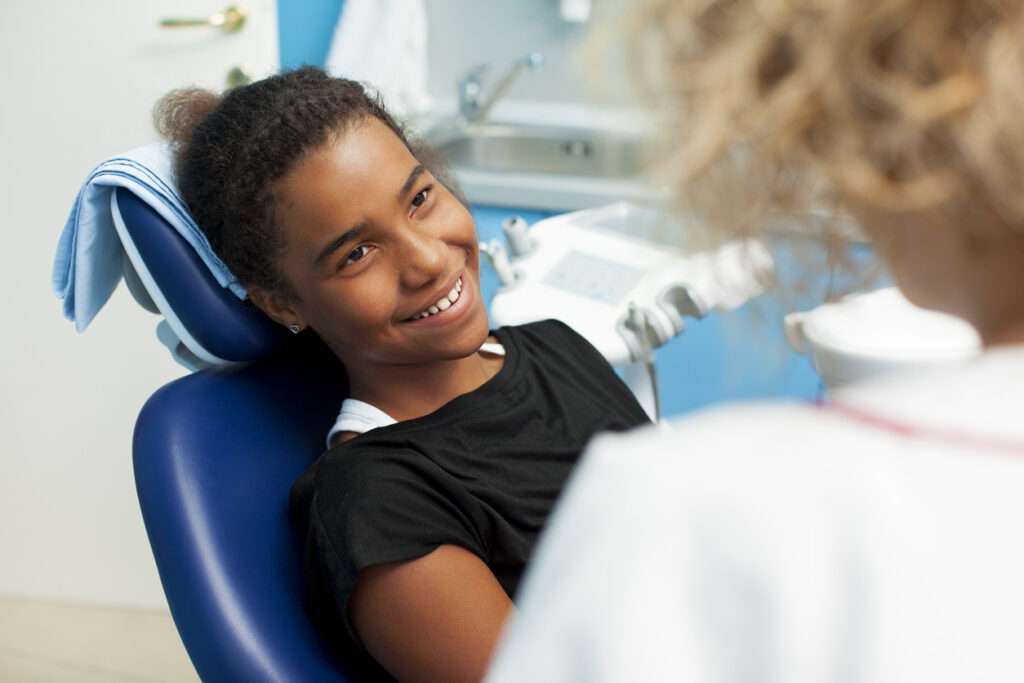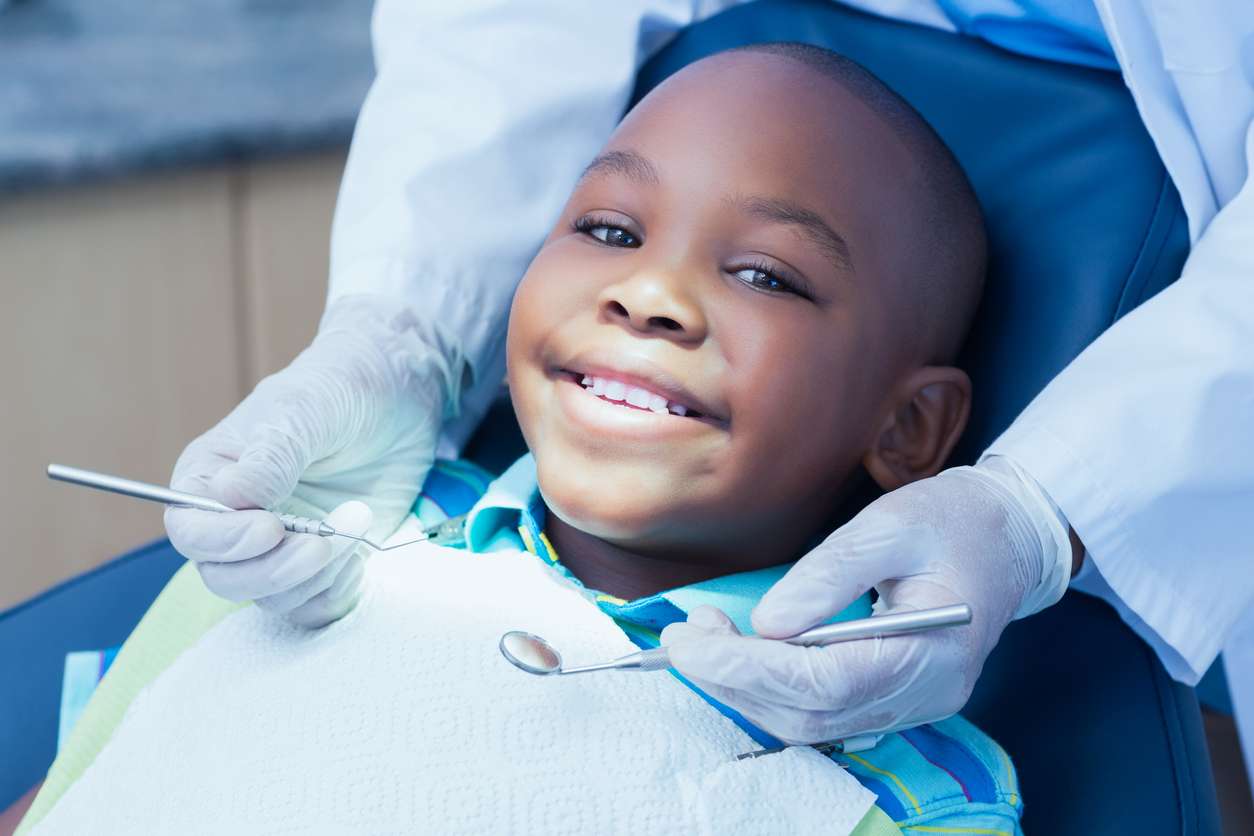Barbecues, beaches and braces? Summertime may not typically be associated with orthodontics, but according to experts, it’s a great time of year to start orthodontic treatment and help kids enter a new school year with a confident smile.
“Braces can be a very exciting step, but like with anything new, there will be a short adjustment period as a child adapts to changes to their routine, as well as to the feel of aligners or brackets and wires in their mouth,” says Dr. Vijay Bhagia of Space City Orthodontics, a board-certified orthodontist who has been practicing for over 20 years. “That’s why we recommend parents bring their kids into our offices in summer, when schedules are more relaxed and they have more time to adjust to the change of pace.”

Whether you’re considering orthodontic treatment for your child, your teen or yourself, these insights from Smile Doctors, a national network of leading orthodontists, can help:
Is orthodontic treatment really necessary? Straightening teeth through orthodontics is not just cosmetic. Poorly aligned teeth can affect the way one speaks, bites and chews and even breathes. An important part of oral health, braces can correct bite issues, gaps and crooked, crowded or overlapping teeth.
When should my child see an orthodontist? Orthodontics is for people of all ages – even adults. However, it might be surprising to learn that the American Association of Orthodontics recommends children see an orthodontist by age 7. This is because orthodontists are uniquely trained to evaluate children’s growth, as well as the exchange of baby teeth for permanent teeth, and can help you get ahead of potential issues as adult teeth continue to come in.
How do I get my teen on board with the plan? Teens now have more braces options than ever. From traditional braces with fun colors, to clear aligners like Invisalign, braces can help them express their personality. Of course, it also helps to remind teenagers that when they’re done with treatment, they’ll have a healthy smile.
How do I know which braces are right for me or my child? There are several types of orthodontic treatments. Metal braces use a combination of stainless-steel brackets, arch wires and elastic ties or bands to gently move teeth as prescribed. Ceramic braces are tooth-colored or clear brackets made of ceramic, porcelain, or plastic. Clear aligners like Invisalign are a removable and discreet orthodontic treatment consisting of a series of aligners worn for 1-2 weeks at a time. Some orthodontists, including those within the Smile Doctors network, will provide a free consultation to discuss affordability and treatment options that best suit your needs.
What steps should we take between visits? Have your child brush around each bracket and floss between each tooth right after eating to avoid permanent white marks, cavities, or gum disease. Doing so prevents the acidity and sugars from settling into the crevices in between the brackets. Opt for mouthwash without blue or red dyes for further cavity protection.
Do braces hurt? There is sometimes mild discomfort during treatment, but it’s manageable with over-the-counter pain relievers. To reduce swelling, try rinsing with warm salt water. For bracket pain, your orthodontist will usually give you dental wax and show you how to apply it. You can also avoid some discomfort by sticking with softer foods at first.
Use the downtime of summer wisely this year. Put your child on the path toward a healthy, confident smile that will last a lifetime.
By: StatePoint








